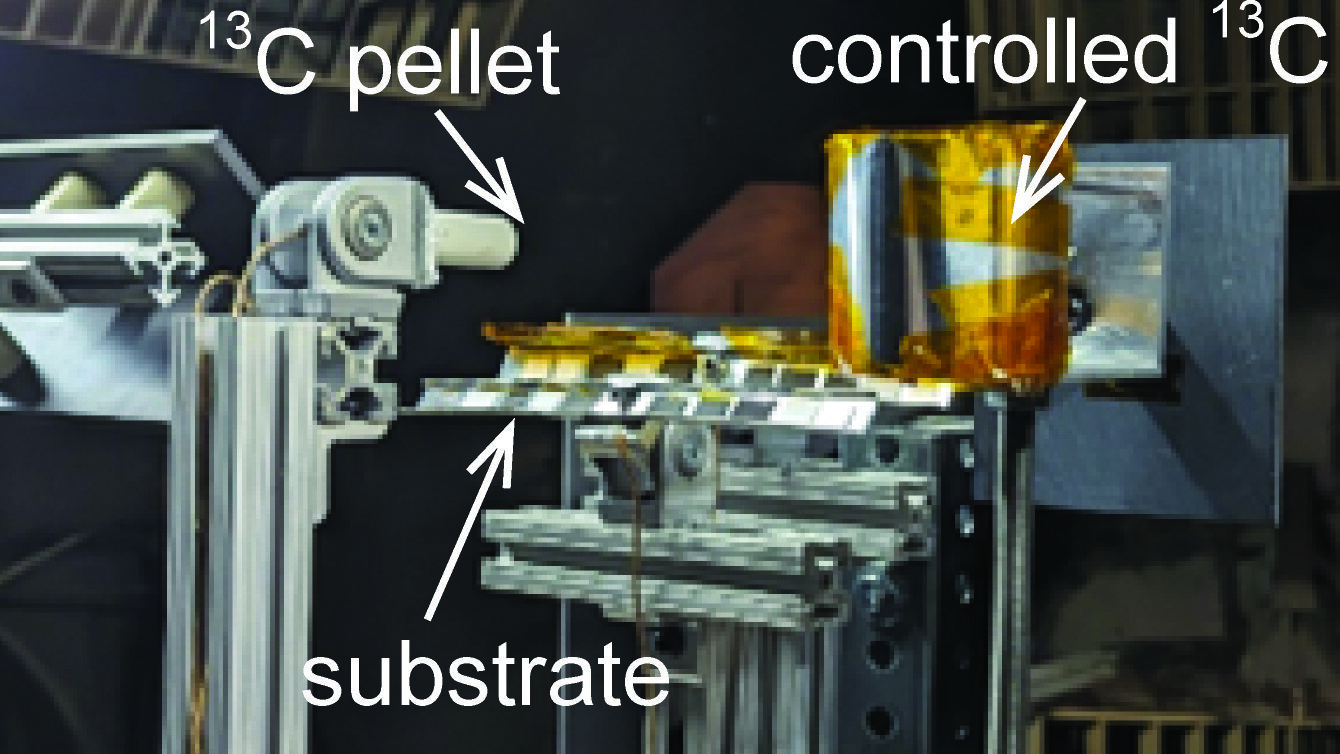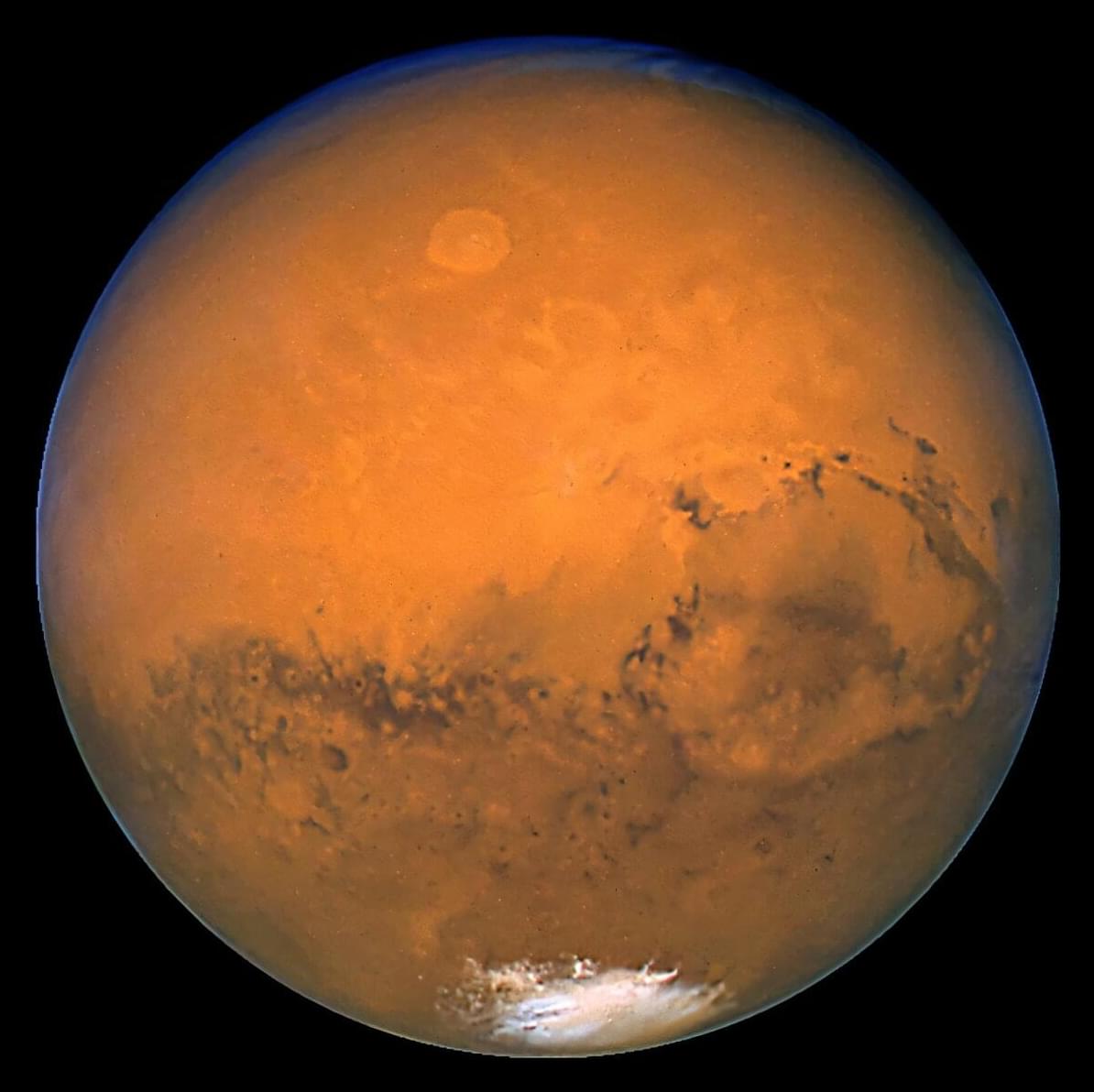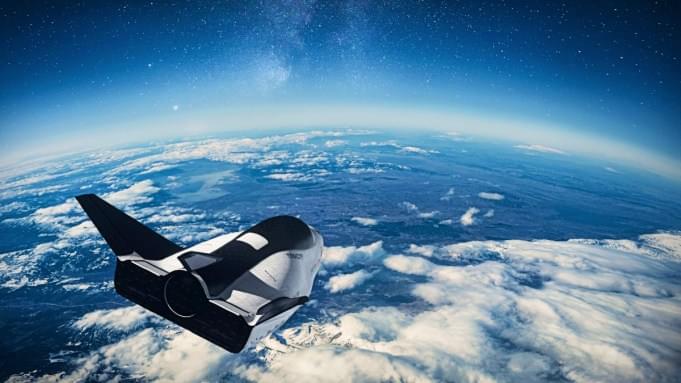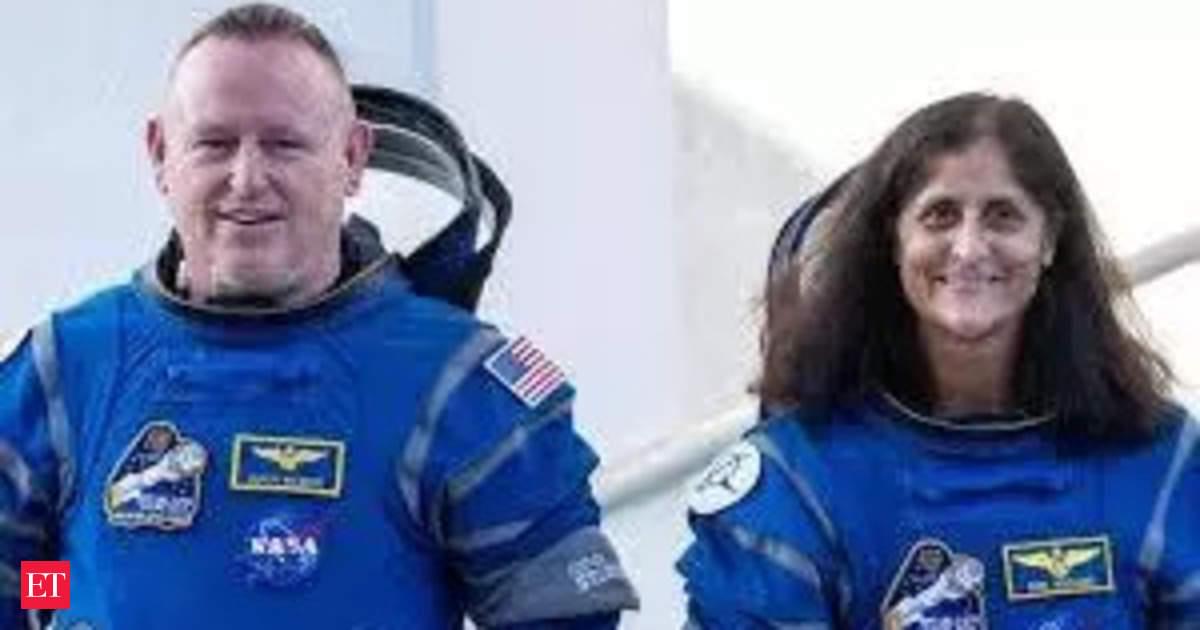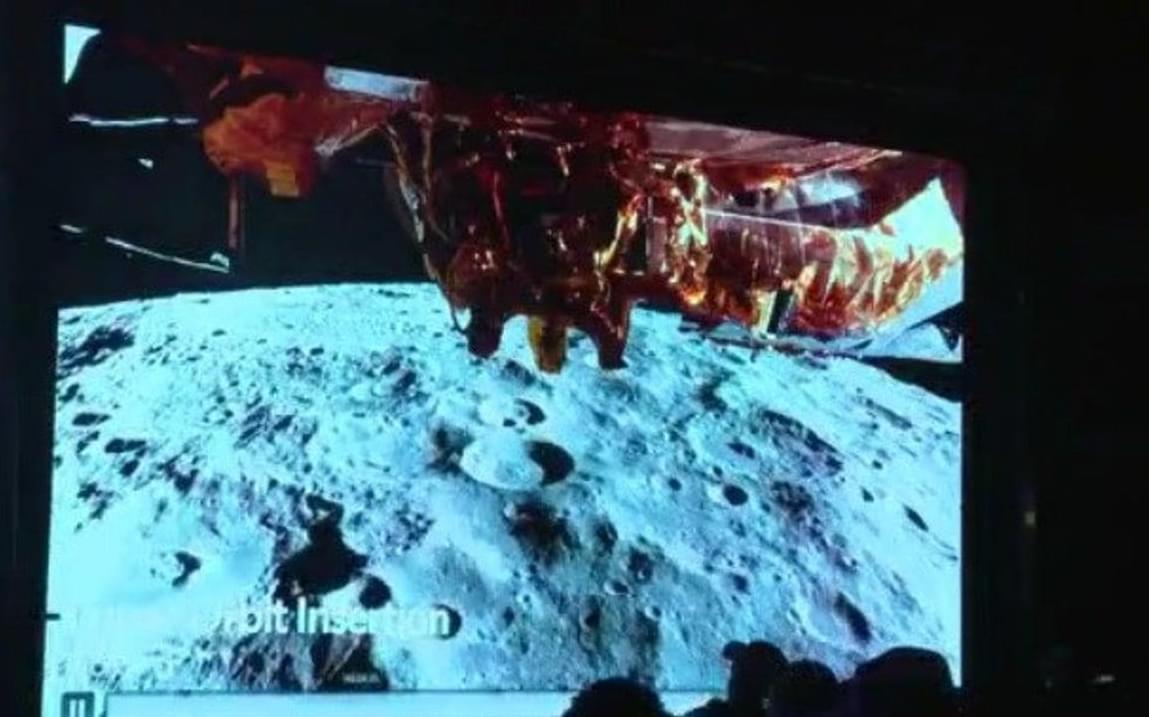Predicting the lifetime of an electric ion thruster is notoriously difficult. You have to account for the chamber wall effects, which are not present in space environments. Researchers within several different aerospace disciplines in The Grainger College of Engineering, University of Illinois Urbana-Champaign worked together to simulate the ion activity, then validate it in a unique experiment that will help predict the lifespan of electric thrusters.
“We can simulate the damage to the engine caused by sputtering, but until now, we could not validate that our simulations were correct,” said Professor Huck Beng Chew.
“Because both the engine and chamber walls are coated with impact-resistant carbon, we didn’t know whether the coating damage was from accelerated ions directly hitting the engine or whether the coating damage was artificially mitigated by the deposition of carbon from ion bombardment off the chamber walls.”
